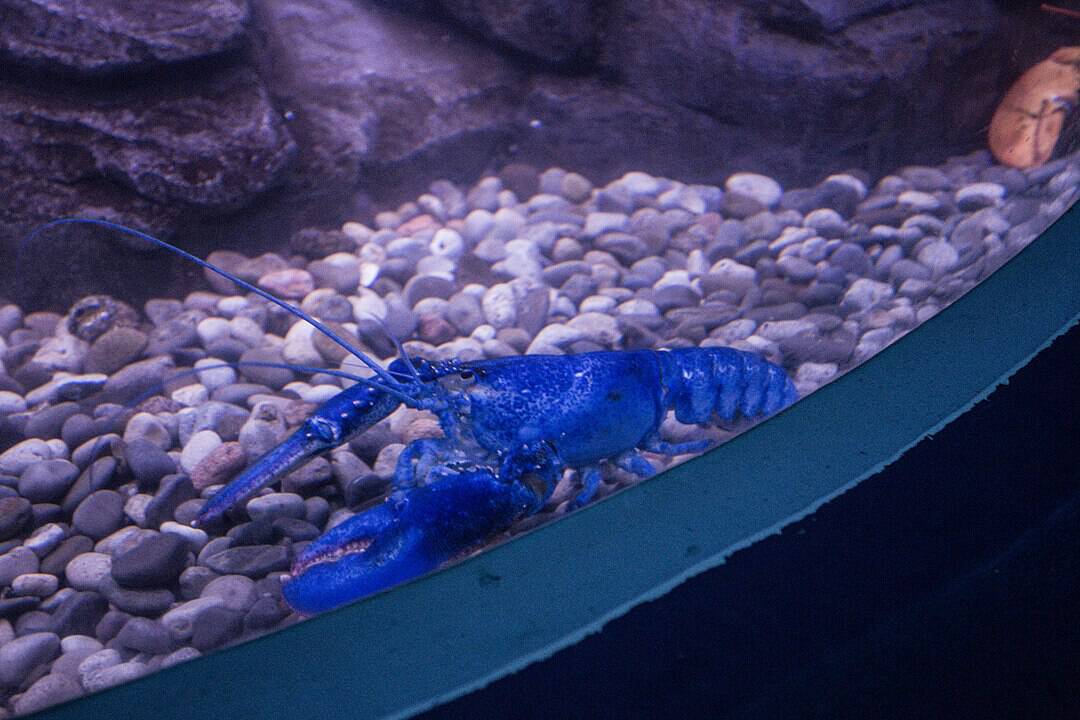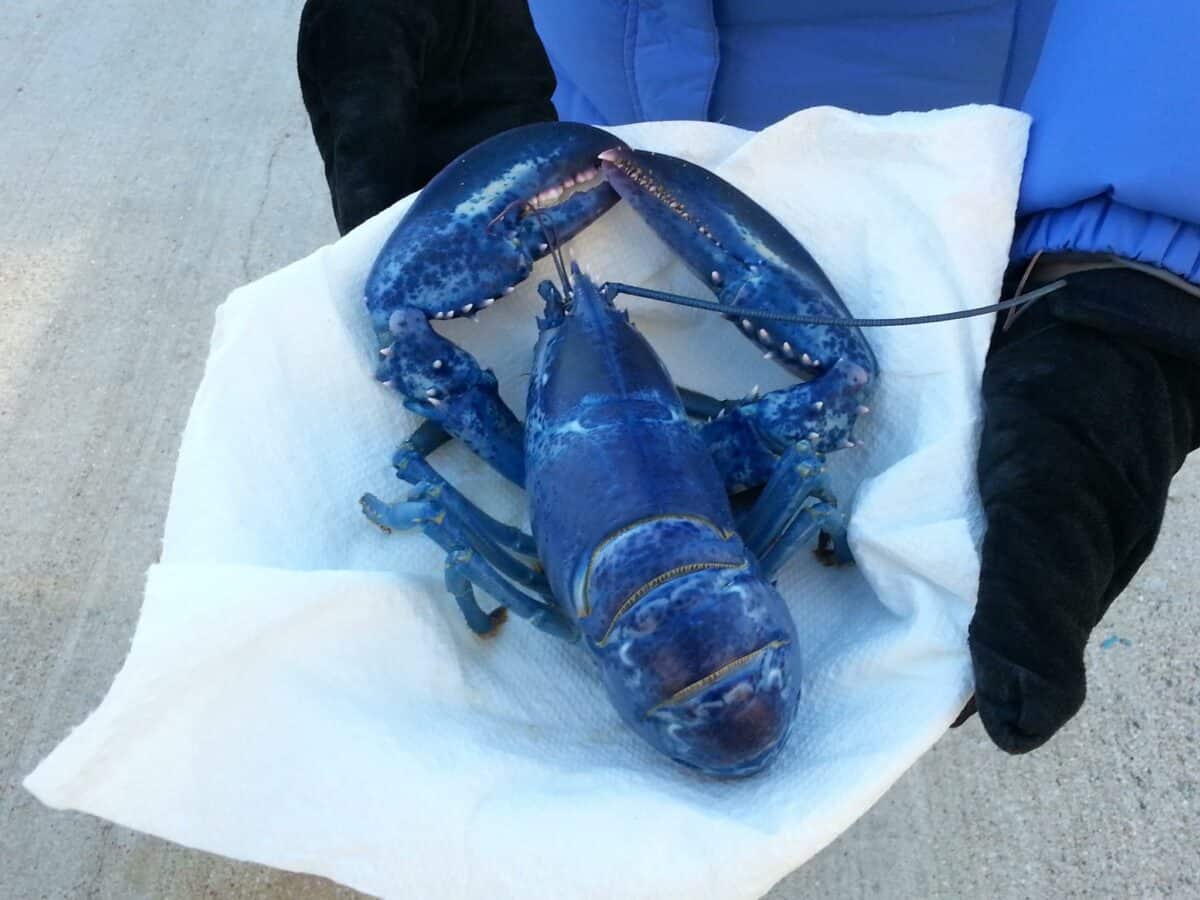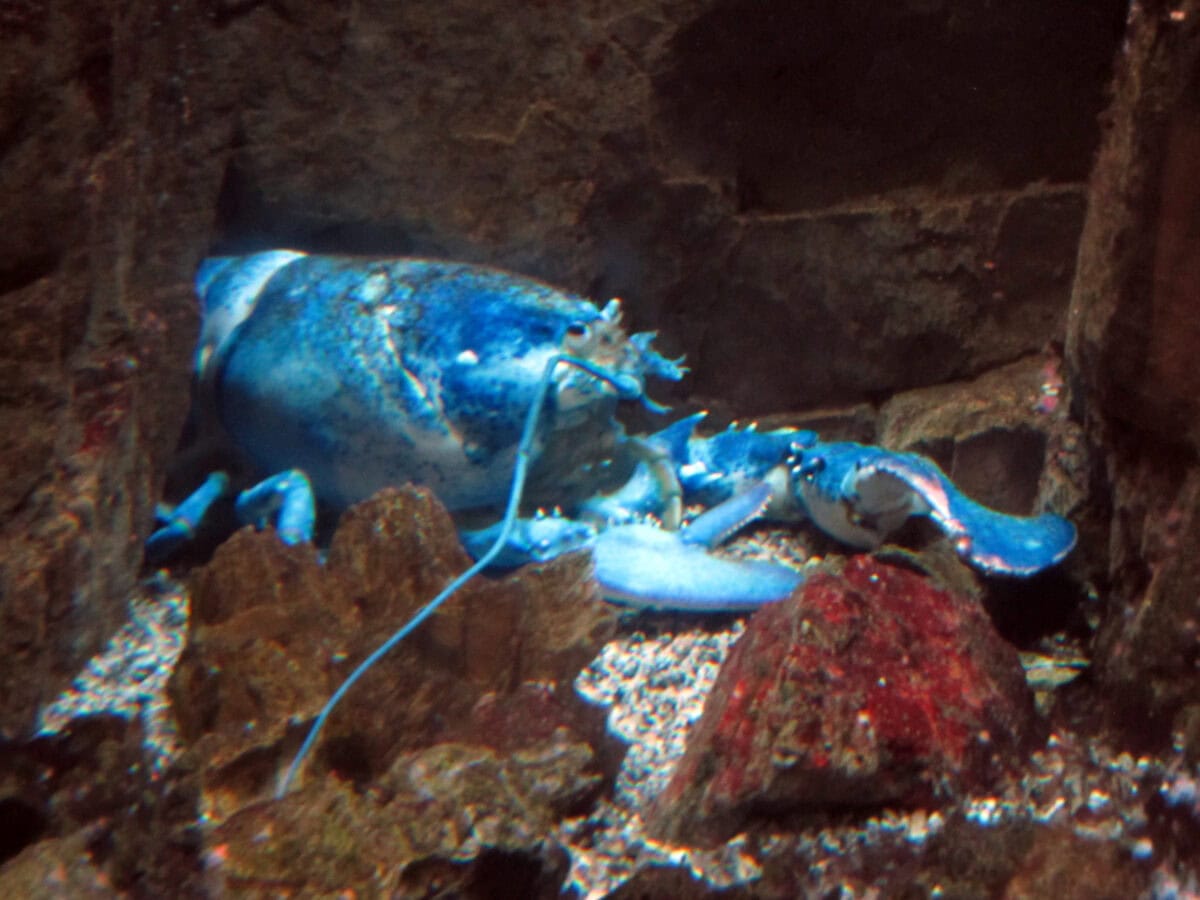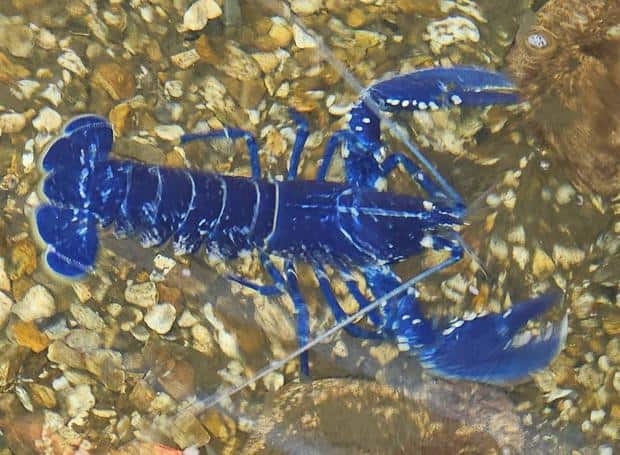When most people think of lobsters, they picture the familiar reddish-brown crustaceans served on dinner plates. However, nature occasionally produces extraordinary variations that captivate our imagination. Among these rarities, blue lobsters stand out as particularly fascinating specimens. These strikingly colored creatures have generated both scientific interest and public curiosity, leading many to wonder: do blue lobsters really exist, or are they merely the stuff of maritime legends? This article explores the science, facts, and misconceptions surrounding these remarkable marine animals.
The Reality of Blue Lobsters

Yes, blue lobsters do indeed exist! They are not mythical creatures or products of digital manipulation but genuine biological phenomena. These rare specimens are the same species as common lobsters (primarily the American lobster, Homarus americanus) but possess a genetic mutation that creates their distinctive blue coloration. The existence of blue lobsters has been documented through numerous scientific studies, fishermen’s catches, and aquarium specimens. Though exceedingly rare in the wild, they continue to fascinate marine biologists and casual observers alike whenever they appear in fishing nets or coastal waters.
The Science Behind the Blue Coloration

The striking blue color of these unique lobsters results from a genetic mutation that affects protein production. Normal lobsters produce various proteins that combine to create their typical brownish shell color. However, blue lobsters have a genetic anomaly that causes an overproduction of a protein called crustacyanin. This protein binds with astaxanthin (a red carotenoid pigment) in the lobster’s shell, creating the vibrant blue appearance. Essentially, this mutation affects how light reflects off the shell structure, resulting in the blue hue that makes these lobsters so distinctive. It’s a fascinating example of how a small genetic change can create a dramatic visual difference.
Rarity in Nature: Just How Uncommon Are They?

Blue lobsters are exceptionally rare in the wild. According to the University of Maine Lobster Institute, the odds of finding a blue lobster are approximately one in two million. This extraordinary rarity has contributed significantly to their mystique and value. When fishermen discover blue lobsters in their traps, it often becomes newsworthy, drawing attention from local media and sometimes even national outlets. Other color variations exist with different degrees of rarity—yellow lobsters (approximately one in 30 million), calico lobsters (one in 30 million), split-colored lobsters (one in 50 million), and the extraordinarily rare albino or “crystal” lobsters (about one in 100 million)—but blue remains the most famous of the uncommon color variations.
Blue Lobster Discoveries Throughout History

Throughout maritime history, blue lobsters have been documented in various regions where lobster fishing is prevalent. Early records from New England fishermen date back to the 1800s, with accounts of “sapphire lobsters” being caught occasionally. In more recent times, notable blue lobster discoveries include “Clawdia,” found off the coast of Maine in 2018, and a specimen caught near Cumbria, UK in 2021 that was estimated to be one in 200 million. Each discovery tends to generate public interest, with many blue lobsters being donated to aquariums rather than ending up on dinner plates. These historical findings have contributed to our understanding of genetic variations in lobster populations while captivating public imagination across generations.
Do Blue Lobsters Stay Blue Forever?

A common misconception is that blue lobsters might change color over time or revert to normal coloration. However, the genetic mutation that causes the blue coloration is permanent throughout the lobster’s life. That said, the intensity of the blue can vary slightly with age, diet, and during different stages of the molting process. When blue lobsters molt (shed their exoskeleton to grow), the new shell will also be blue, though it might appear slightly lighter until it fully hardens. Interestingly, if blue lobsters were cooked like regular lobsters, they would indeed turn red like their common counterparts because the heat breaks down the protein structures responsible for the blue coloration, revealing the underlying red pigments.
Other Colorful Lobster Variations

While blue lobsters capture most of the public’s fascination, they represent just one of several remarkable color variations that occur in lobster populations. Yellow or “banana” lobsters display a bright golden hue and occur at odds of about one in 30 million. Calico lobsters, with mottled orange and black shells resembling Halloween decorations, share similar odds. Even more unusual are split-colored lobsters, which appear as if two different lobsters were fused down the middle, typically showing brown on one side and orange on the other. The rarest of all are albino or “crystal” lobsters, which lack all pigmentation and appear translucent white. Each color variation results from different genetic mutations affecting shell pigmentation and represents the extraordinary diversity that can emerge even within a single species.
Blue Lobsters in Aquariums and Conservation

When fishermen catch blue lobsters, they often donate them to public aquariums rather than sending them to market. This practice has allowed millions of people to view these rare creatures that they would likely never encounter otherwise. Notable aquariums housing blue lobsters include the New England Aquarium in Boston, Ripley’s Aquarium of Canada, and the National Marine Aquarium in Plymouth, UK. These institutions play crucial roles in educating the public about marine biodiversity while protecting these genetic anomalies. Some conservation groups also advocate for the release of uniquely colored lobsters, arguing that preserving genetic diversity within wild populations serves important ecological functions and maintains the possibility of discovering these natural wonders in the future.
Can You Eat a Blue Lobster?

Technically, blue lobsters are perfectly edible and taste identical to common lobsters. The genetic mutation affects only the shell’s color and has no impact on the meat’s flavor, texture, or safety for consumption. However, most blue lobsters are spared from the cooking pot due to their rarity and unique beauty. Commercial fishermen typically recognize the value of these specimens for scientific study and public education, often receiving more benefit from donating them to aquariums than from selling them for consumption. Additionally, there’s a certain respect among many fishing communities for these rare genetic variants, with some considering it bad luck to harvest such unusual specimens. Consequently, very few people have ever tasted blue lobster meat, though those who have report no discernible difference from regular lobster.
Blue Lobsters in Popular Culture

The distinctive appearance of blue lobsters has earned them a place in popular culture beyond scientific interest. They’ve appeared in children’s books, been featured in nature documentaries, and even inspired characters in animated films. The Pokémon franchise features a lobster-like creature called Clauncher with a notable blue coloration, potentially inspired by real blue lobsters. In coastal communities where lobstering forms a significant part of the cultural identity, blue lobster images appear on local artwork, t-shirts, and tourism materials. Social media has amplified interest in these creatures, with viral photos of blue lobster catches regularly generating thousands of shares and comments. This cultural presence has helped spread awareness about marine biodiversity and genetic variations while cementing the blue lobster’s status as a natural wonder.
The Mystery of Blue European Lobsters

While the American lobster (Homarus americanus) is the species most commonly associated with blue color mutations, the European lobster (Homarus gammarus) can also exhibit this rare coloration. Interestingly, European blue lobsters are considered even rarer than their American counterparts, with estimates suggesting odds of one in several million. The European variety often displays a deeper, more intense blue, sometimes approaching an indigo or violet shade. Scientists believe the genetic mechanism causing blue coloration is similar in both species, though subtle differences in their genetic makeup might explain the variation in blue hue intensity. Research continues into whether environmental factors in European waters might influence the expression of this rare genetic trait, with some studies suggesting water temperature and habitat differences could play supporting roles alongside genetics.
Breeding Blue Lobsters: Is It Possible?

The question of whether blue lobsters could be selectively bred to create more specimens has intrigued both scientists and aquaculture specialists. The genetic mutation responsible for blue coloration is recessive, meaning a lobster needs to inherit the gene from both parents to display the blue phenotype. In theory, if two blue lobsters mate, their offspring would have a higher probability of being blue themselves. However, attempting to establish a breeding program faces significant challenges. Lobsters are difficult to breed in captivity, with complex mating behaviors and specific environmental requirements. Additionally, lobsters reach sexual maturity slowly, taking 5-8 years, making selective breeding a long-term commitment. Some research facilities and specialized aquaculture operations have experimented with blue lobster breeding programs, but with limited success thus far. The ethical implications of such efforts also remain debated among marine conservation experts.
Blue Lobsters and Environmental Health

Some researchers propose that the frequency of blue lobster discoveries might serve as an indirect indicator of lobster population health and genetic diversity. In thriving, genetically diverse populations, rare mutations like those producing blue coloration are more likely to appear simply because there are more lobsters reproducing. Conversely, a decline in reported blue lobster findings could potentially signal population stress or decreased genetic diversity. Environmental factors such as ocean acidification, warming waters, and pollution might also influence the expression of genetic traits, potentially affecting the occurrence of color mutations. While blue lobsters themselves don’t directly indicate environmental quality, tracking unusual genetic expressions across marine populations could provide supplementary data for broader ecological monitoring efforts. This represents an area where citizen science—fishermen reporting unusual catches—can contribute valuable information to formal research initiatives.
Conclusion: Nature’s Blue Miracle

Blue lobsters unquestionably exist as remarkable examples of genetic variation in the natural world. Their stunning azure coloration, resulting from a specific protein mutation, transforms an ordinary crustacean into a creature of wonder and scientific significance. With odds of approximately one in two million, these rare specimens represent nature’s capacity for extraordinary diversity even within well-known species. Though they don’t differ functionally from their common counterparts, blue lobsters have earned special status in marine biology, conservation efforts, and public fascination. As we continue to explore and protect our oceans, these cerulean crustaceans serve as striking reminders of the countless natural marvels still waiting to be discovered and appreciated in the depths of our planet’s waters.
- Could Wildlife Tourism Be Doing More Harm Than Good? - August 23, 2025
- The Hidden Life of Tide Pool Creatures - August 23, 2025
- Do Blue Lobsters Really Exists? - August 22, 2025

